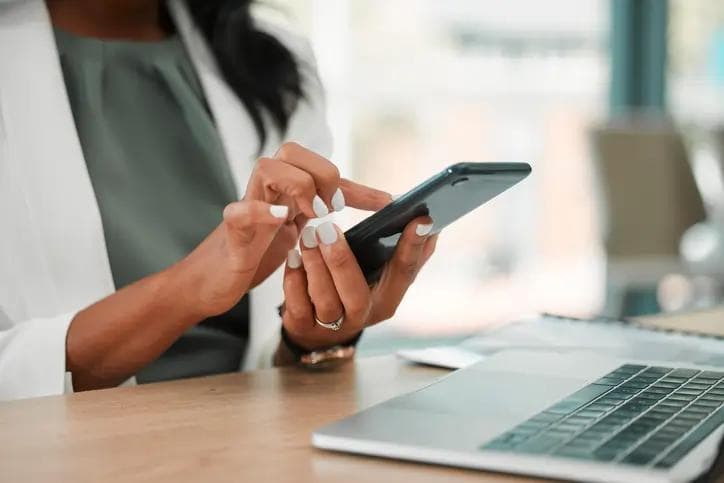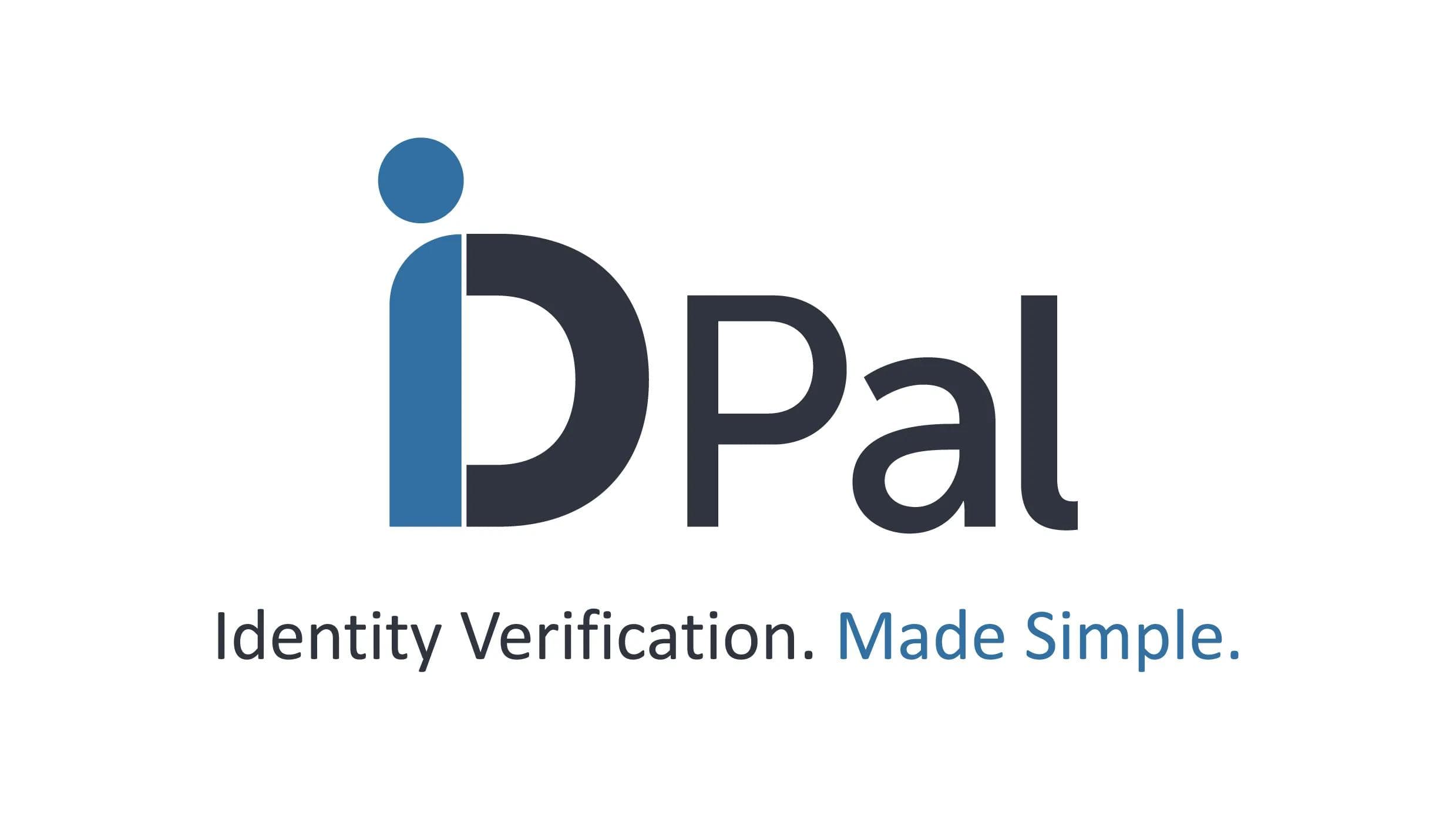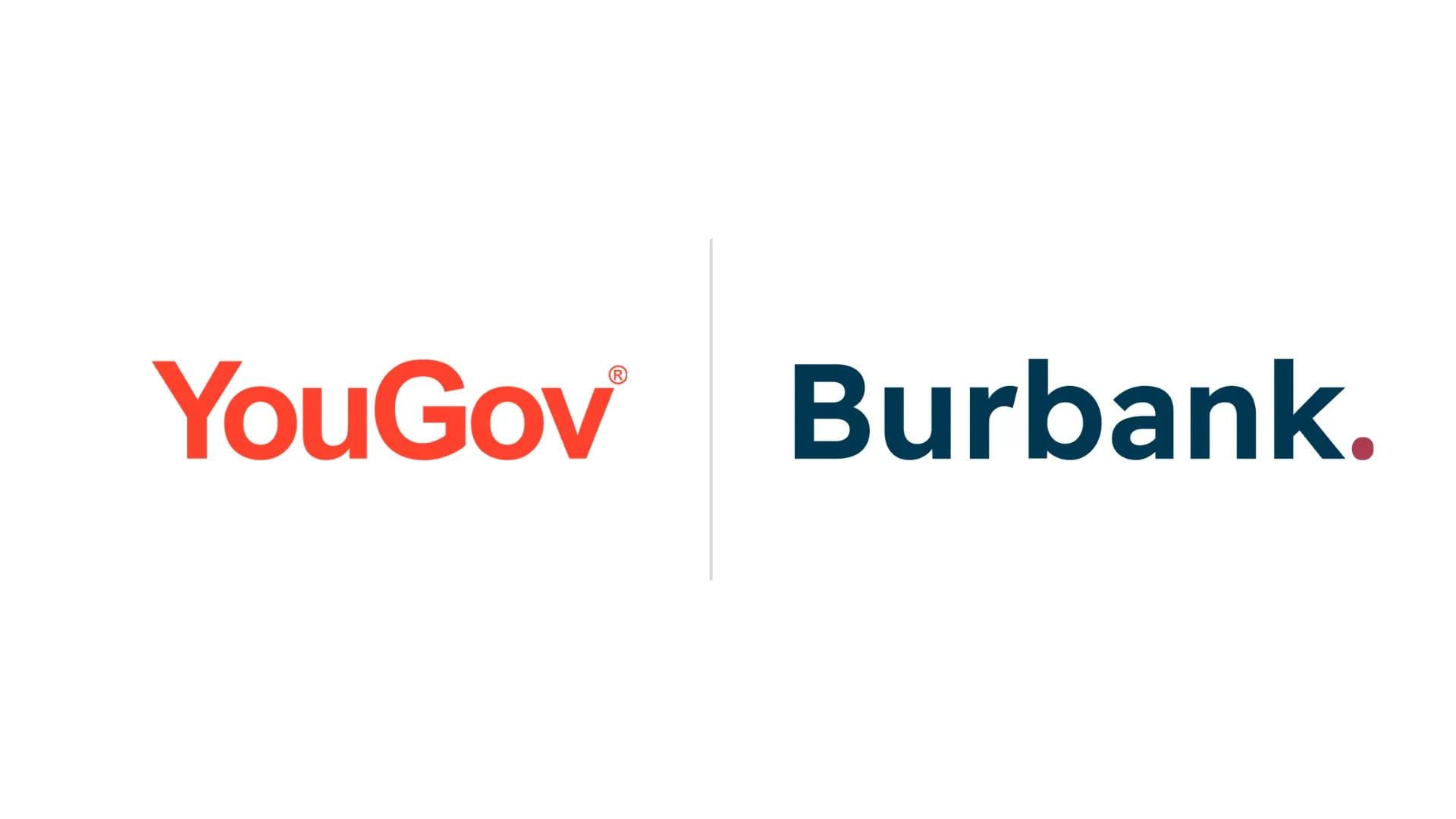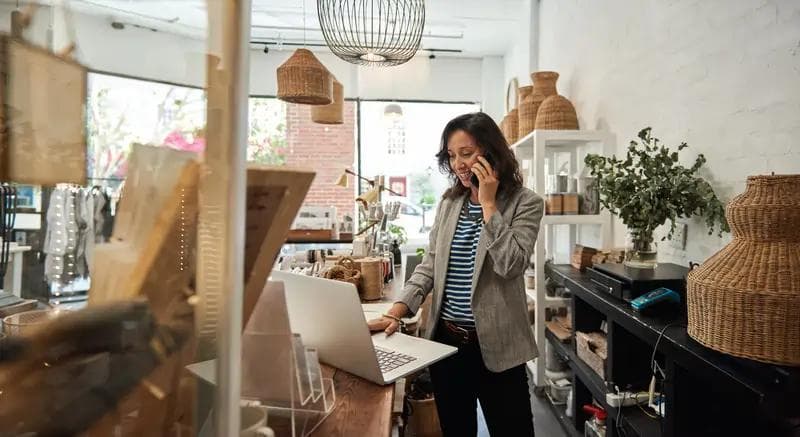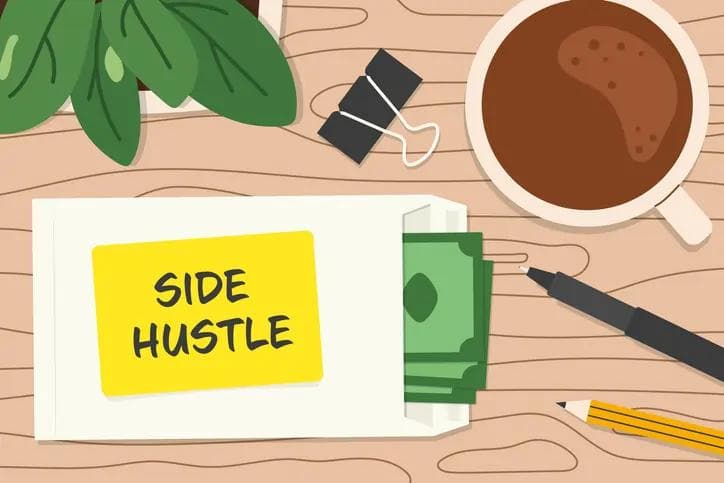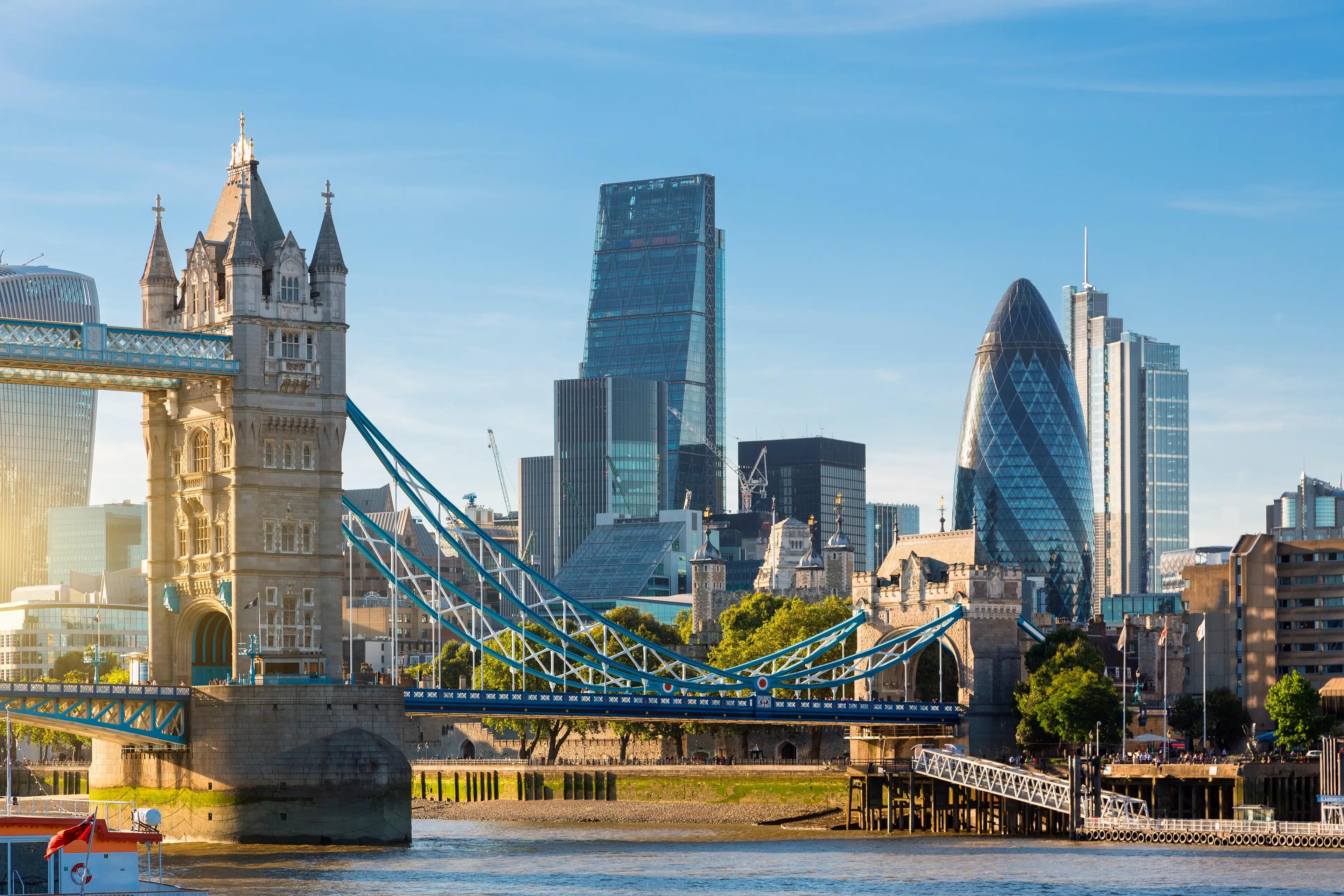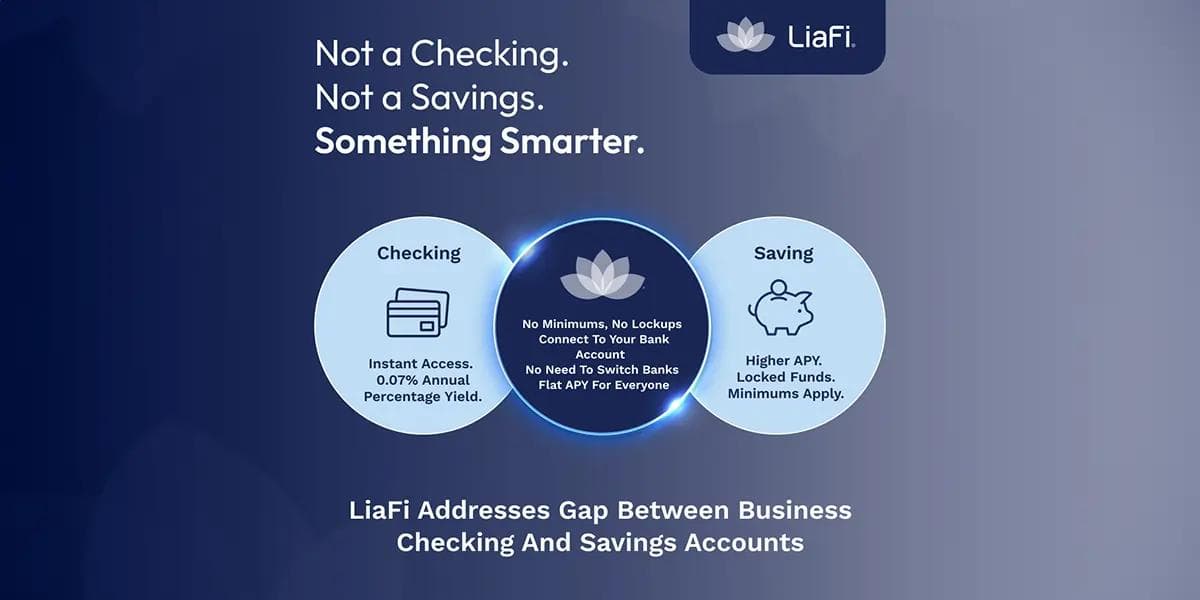This is the sound of finance
This is the sound of finance
Published by Gbaf News
Posted on November 10, 2019

Published by Gbaf News
Posted on November 10, 2019

By Roscoe Williamson, Head of Branding, MassiveMusic, MassiveMusic is one of the leading creative music agencies in the world with offices in Amsterdam, Berlin, London, New York, Los Angeles and Tokyo.
A bank account maybe marks the beginning of adulthood and allows access to booking events and gigs online, contactless payments and independence. Having access to a current account seems much more critical today and more people in the UK than ever before now have accounts. However, as customer numbers rise, the number of established bank branches are declining, whilst digital only, challenger banks such as Starling and Monzo offer banking only via an app and at your very fingertips 24/7. Both of these changes mean that more customers, from more banks, are spending much less time interacting with their money in a face-to-face environment, and now pay a bill, make a transfer or increase their overdraft limit without the help of a human.

Roscoe Williamson
If our regular interaction with banks is little more than an experience with some UI and UX design, powered by an algorithm used across the sector, how can this dehumanisation of banking be overcome and a positive value attributed to our banking brand of choice? Digital only challenger brands like Tide, Monzo, N26 and Starling have attracted new customers with distinctive payment cards, in ‘hot coral’, ‘vertical’ or ‘metal’ instead of ubiquitous plastic; as well as offering free gifts like socks or chocolate and greater functionality. But as the legacy banks respond to increased competition, rapidly improving their apps and service online, the services customers receive are efficient, yet perhaps all similar.
As banking becomes remote, with foreign currency transfers taking place on the toilet, and credit card limits being raised on the couch, an audible reminder of the company providing a needed and trusted service can embed loyalty in customers and a sense of distinctiveness in the bank brand.
But what really is the difference between one bank to the next? Interest rates, maybe. Perks and benefits, probably. All banks have their own unique offerings that ultimately separate them from their rivals, but essentially they all offer the same service. They are all online, they are all available to assist their customers at any waking moment. So, getting ahead of the game is not something that is easily done in this racket. Sometimes, it is not the perks and treats that sell us on a bank’s service, but it is the way they make us feel about their service and about our choice to bank with them. Sometimes, something as subtle as a simple sound, or noise, can make us all feel better about our financial decisions.
Every banking brand from Coutts to Tide could exploit and explore the value of sound for their business, brand and customers. Ensuring there is consistency, recognition and recall – be that on the app, in branch, within a sports stadium or on hold. This is something which HSBC have implemented on a recent project with Jean-Michel Jarre, whilst at MassiveMusic we worked on a music strategy for UBS to define their values, heritage and aspiration to be better. We are also seeing fin-tech brands begin to use sound, for example eBay notifies users of a sale with the sound of a cash register, generating a feel-good, satisfying notification of a credit. That sounds good, that’s my money, can also be; that sounds good, that’s my bank.
A recent study by VISA has added some backbone to this discussion as well, with 81 percent of participants in a study revealing they would have a more positive perception of a business that utilises the “sound of VISA” or its animation cues, with a common response resonating the short sound with speed and convenience.
Brand consistency, delivered through the creation, application and use of sound across brand touch points, reinforces that this is an interaction with your money and your bank rather than an experience which is perhaps, disconnected, generic, alienating or bland. So much of our time, energy and emotion is dedicated to the acquisition of money, that the management of its use (via our bank) should ideally transcend the functional. Sound can add experience, and emotion to the daily and practical, reinforcing the surprise and delight of colourful debit cards and socks. Nobody really wants the experience of banking to be a return to lunchtimes paying bills in branch, completing direct-debit forms – and the sound of banking being an electronic voice beckoning us to ‘cashier number four please’.
Gone are those days though. We are moving into a world where companies – not just banks – are realising that they can choose how they sound, and how they appear to their current and potential customers. For example,the sounds of the Skype app are also being used to bumper their digital content and Apple have utilised their smartwatch ringtone as a centrepiece in a TV spot. Brands are thinking more holistically about the sounds they are creating and the opportunities to knit together different points of customer experience. The way we experience money and how we feel about our transactions is central to our faith in those that look after our finances – and sound can be a growing influence in this sphere.
About Roscoe Williamson
A keen futurist with a vision for establishing an innovative brand sound, Roscoe recently worked with Samsung to develop their latest voice assistant, Bixby. Within his repertoire, he has also overseen sonic branding projects for the Premier League, UBS bank and produced mmorph, an FWA winning interactive audio project. Roscoe has appeared as a guest speaker on BBC Radio4 and at conferences worldwide such as Transform, Rebels and Rulers and Dubai Design Week.
Explore more articles in the Top Stories category


